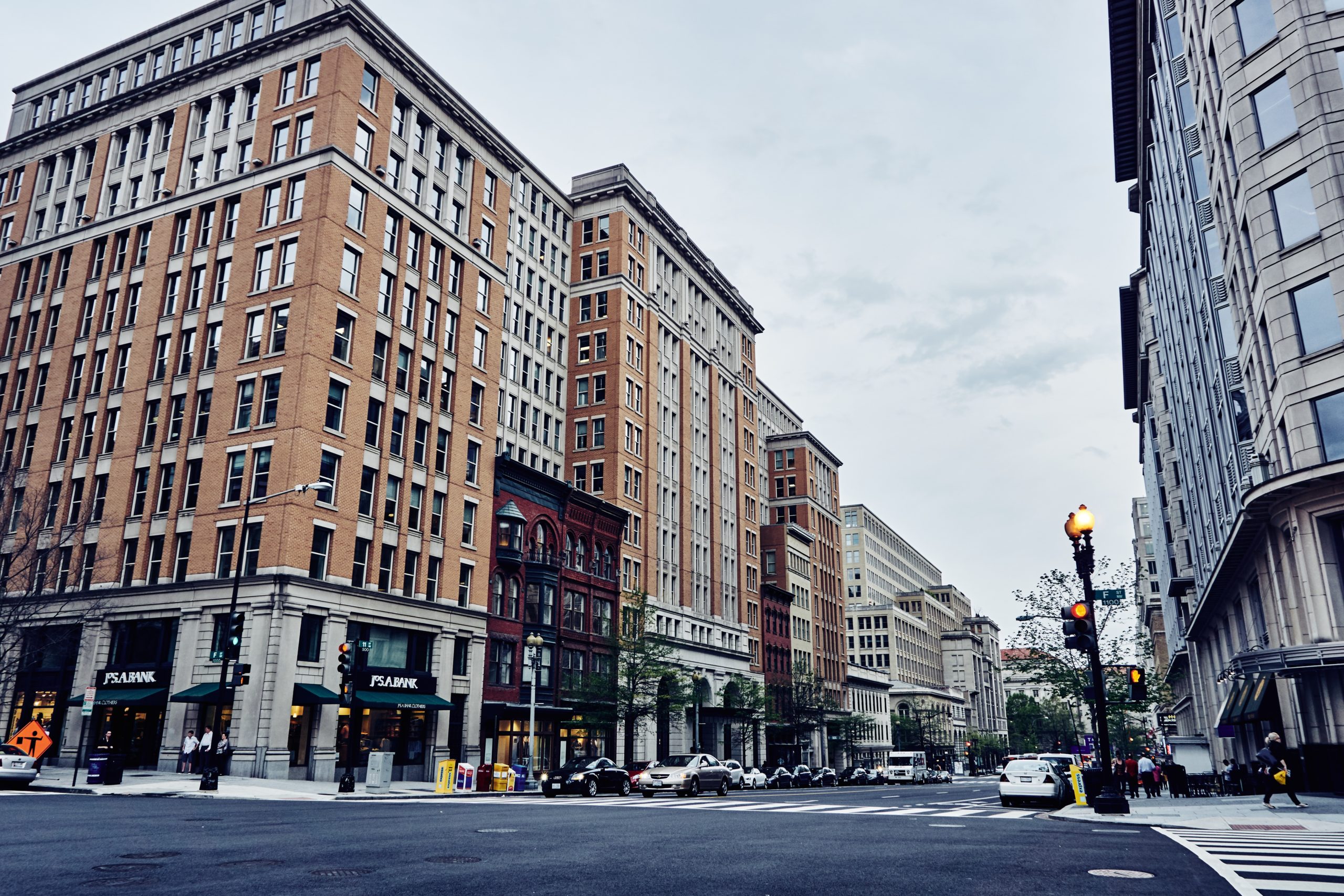If ever a town were invented for the rental property market, it’s Washington, D.C.
Every two years, as we’ve just seen, dozens of high-profile jobs can turn over, along with the considerable support staff that accompanies newly elected officials. And although a sizable community of civil service professionals has amassed around them, these permanent fixtures of the federal government have set down owner-occupied roots along the Beltway, the convergence of interstate highways a half-hour radius from the corridors of power.
Along with other aspects of a sovereign government’s seat comes a pronounced military presence. Service members tend to move roughly every three years and, despite there being a dozen or so military bases in the Washington metro area, very few actually live on base. These are generally people with families, thus, there are more college dorm beds in greater Washington than there are barracks bunks.
This leads us to another reality about Washington: It’s not a company town anymore. It was conceived and developed as a bastion of service to the Republic. According to City-Data.com, public administration accounts for only 16% of employment for those who live in the District, that is, the capital city itself, not including the bedroom communities of NoVa (northern Virginia), MoCo (Montgomery County, Maryland) and PG (Prince George’s County, Maryland). Far more numerous are those employed in technology. Retail and construction jobs, cornerstones of many local economies, account for only 5% each of the District’s workforce. As a result of this tilt toward knowledge work as opposed to service industry work, typical residents of area code 202 make six-digit annual salaries, as opposed to the roughly $75,000 of their suburban counterparts or $61,000 for the nation as a whole.
This combination of high incomes and high turnaround are the blueprint for a frothy market in multifamily residences.
From all corners
A lot has changed in our nation’s capital over the years, including the new neighborhood hotspots.
According to a Marcus & Millichap report, the highest net absorption rate in the District — a proxy for the highest demand — is in the adjacent districts of the Navy Yard and Capitol South. Back in the 1990s, the Navy Yard was beginning a long climb back to respectability as a shopping district and Capitol South was essentially a no-go zone for middle-class university students. Reston, Va., was at the time a cookie-cutter community famous for nothing but being directly under the flight paths for jets landing at Dulles International Airport. Now it’s the home of Verisign, Learning Tree and scads of other tech companies, not to mention Rolls-Royce North America and Google Federal Services. As a result, it is now Washington’s fastest-growing residential suburb.
Meanwhile, Charles County, Maryland has come out of nowhere over the past few months to become a magnet for renters looking for Class B and C accommodations.
Not everything has changed, though. Georgetown is still the most desirable section of the District. Alexandria, Va., remains the bastion of conspicuous wealth inside the Beltway. Rockville, Md., is still managing to grow despite the inevitability that someday it has to be completely built out.
Bracing for Bezos
Anyone who is remotely shocked that the Washington metro area was selected as a site for Amazon’s second headquarters might be interested in a bridge we have to sell. The first tip should’ve come in 2013 when Amazon founder Jeff Bezos bought the Washington Post. But just this past month, after a long search, the National Landing district of Arlington, Va. was identified along with the Long Island City section of Queens, N.Y. as the trillion-dollar Seattle company’s East Coast command posts. Amazon says it will bring to NoVa 25,000 six-digit salaries and a $2.5 billion construction budget. It’ll need every penny to build out the infrastructure necessary to support the move.
Local news station WTOP-FM reports that there won’t be a rush to grab living space as soon as the ribbon is cut. Reporter Mike Murillo says that jobs would take more than a decade to trickle in. Still, real estate investors are likely targeting neighborhoods in Arlington, Alexandria, and McLean starting now.
Washington, D.C., metro area at a glance
- New construction (projected): 10,200 units, with strongest concentrations in Reston, Va., and central D.C.
- Vacancy rate (projected): 4.4%, a 0.6% decrease from 2017 when vacancies rose slightly
- Average effective rent: $1,727/mo, a steep 3.0% increase from 2017; $1,748 in Washington itself, excluding suburbs
- Median annual household income: $75,506, $101,237 in Washington itself, excluding suburbs, compared with U.S. median $61,179
- The proportion of households renting: 59% in Washington itself, excluding suburbs


